Former President Donald Trump’s recent appearance at the United Nations General Assembly drew attention not just for what he said, but how he handled several technical issues—malfunctions he claims were no coincidence—and the body language that followed.
The Incidents That Set the Tone
Upon entering the UN hall, Trump and First Lady Melania experienced a sudden halt in the escalator that was meant to carry them. He later accused someone of triggering a safety mechanism deliberately. Shortly afterwards, the teleprompter failed at the beginning of his speech, forcing him to deliver parts of his address without the scripted aid. Trump described these disturbances as “very sinister” and suggested malicious intent behind them. UN officials responded that the escalator stopped because its safety function was activated, possibly by a videographer walking backward filming the entrance, and that the teleprompter was controlled by his own team. The sound translation system, they said, was still working so delegates could hear via their earpieces.
Reading Between the Gestures
Observers noted that Trump’s physical reactions during these moments revealed frustration, self-assertion, and a desire to dominate the narrative despite the disruptions.
- Facial expression & demeanor: He showed visible impatience, tight lips, and sharp glances — signs often associated with irritation. At the same time, there were brief attempts to lighten the mood, including half-smiles or smirks, suggesting a tension between annoyance and a performance for the audience.
- Gestures: Amid the glitches, he used more pointed hand movements than usual — pointing, sweeping gestures — to drive his criticisms home, especially when referring to the technical issues as evidence of dysfunction.
- Posture & pacing: Rather than staying static, he leaned forward at the podium, surveyed the audience more sharply, and took more visible control of the space — trying to reassert dominance. Moments of stillness contrasted with sudden movement, underlining his control over what he could, and highlighting his displeasure with what he could not.
Trump’s Rhetoric & Framing
In his speech, Trump turned the mishaps into narrative tools. He accused the UN of failing in its mission and framed the technical failures as symbolic of a larger disarray. By labeling the events as sabotage, he pushed the idea that not only was he facing routine glitches, but something more deliberate was at play. He also criticized those he believes are responsible — be it UN staff, or others meddling in his appearance — voicing demands for accountability.
The Back-and-Forth Over Responsibility
Official responses downplayed the notion of sabotage. The escalator stoppage was attributed to the safety mechanism being triggered, possibly by the U.S. delegation’s videographer. The teleprompter issue was acknowledged, but control was placed with his own team. Still, Trump and the White House insisted on investigations and demanded preserved footage, arguing that the possibility of intentional interference could not be dismissed.
Implications: Image, Trust, and Power Play
This event underscores several political and rhetorical stakes:
- Perception of competence: Technical failures on stage with global leaders can erode perceptions of control and preparation. However, Trump attempted to turn this into a demonstration of resilience—speaking “from the heart” when forced off script.
- Symbolism matters: Glitches can become metaphors. By framing them as symbolic, Trump redirected criticism from the substance of his speech to the platform, casting himself as having to overcome obstruction.
- Body language as message: When words are questioned, nonverbal cues often fill in. Trump used gesture, posture, and facial expressions to project indignation and strength, reinforcing his verbal claims.
- Domestic signaling: With much of his audience being supporters back home, these incidents may be mobilized to reinforce a narrative of being under siege, of needing vigilance, and of manipulation by institutions. It feeds into a political trope that Trump and his base have often used: one of being challenged by unseen forces.
Conclusion
What began as a simple technical glitch turned into a larger performance of challenge and control. Trump’s UN appearance became a case study in how public figures respond to adversity — whether they flounder, delegate blame, or reframe the moment to their advantage. In this case, every stir in posture or expression, every ad-libbed line, contributed to a narrative: not just that authority had been disrupted, but that it was being reclaimed in real time.

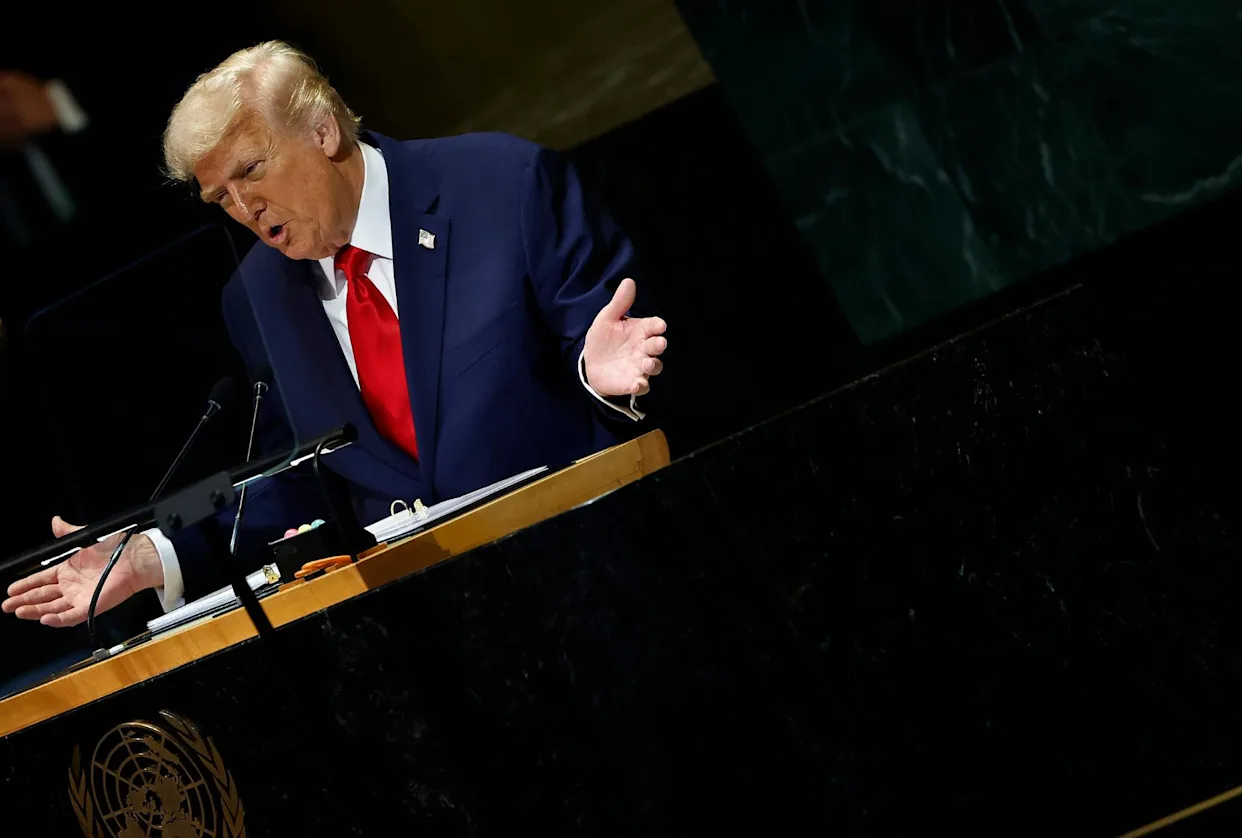
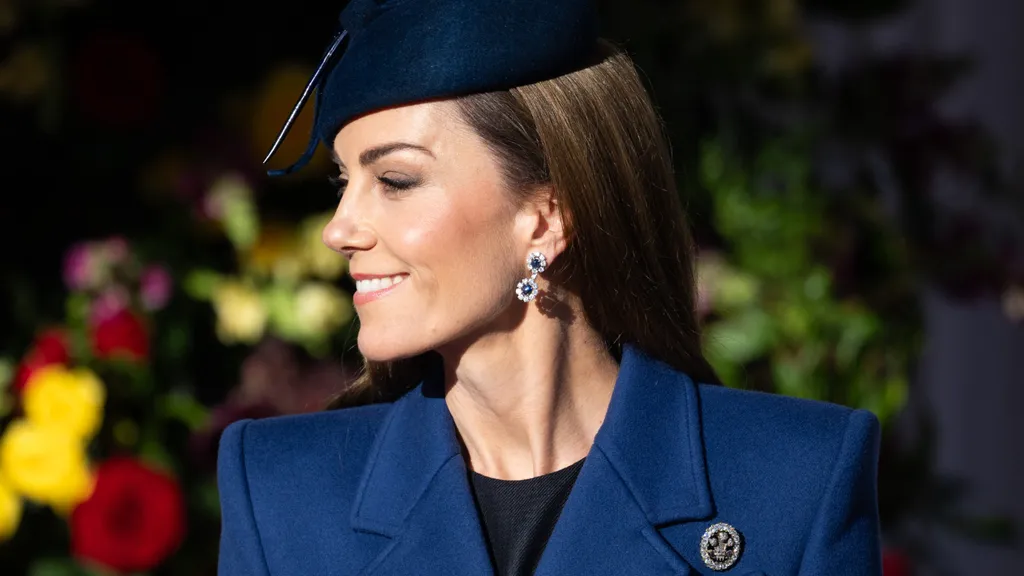
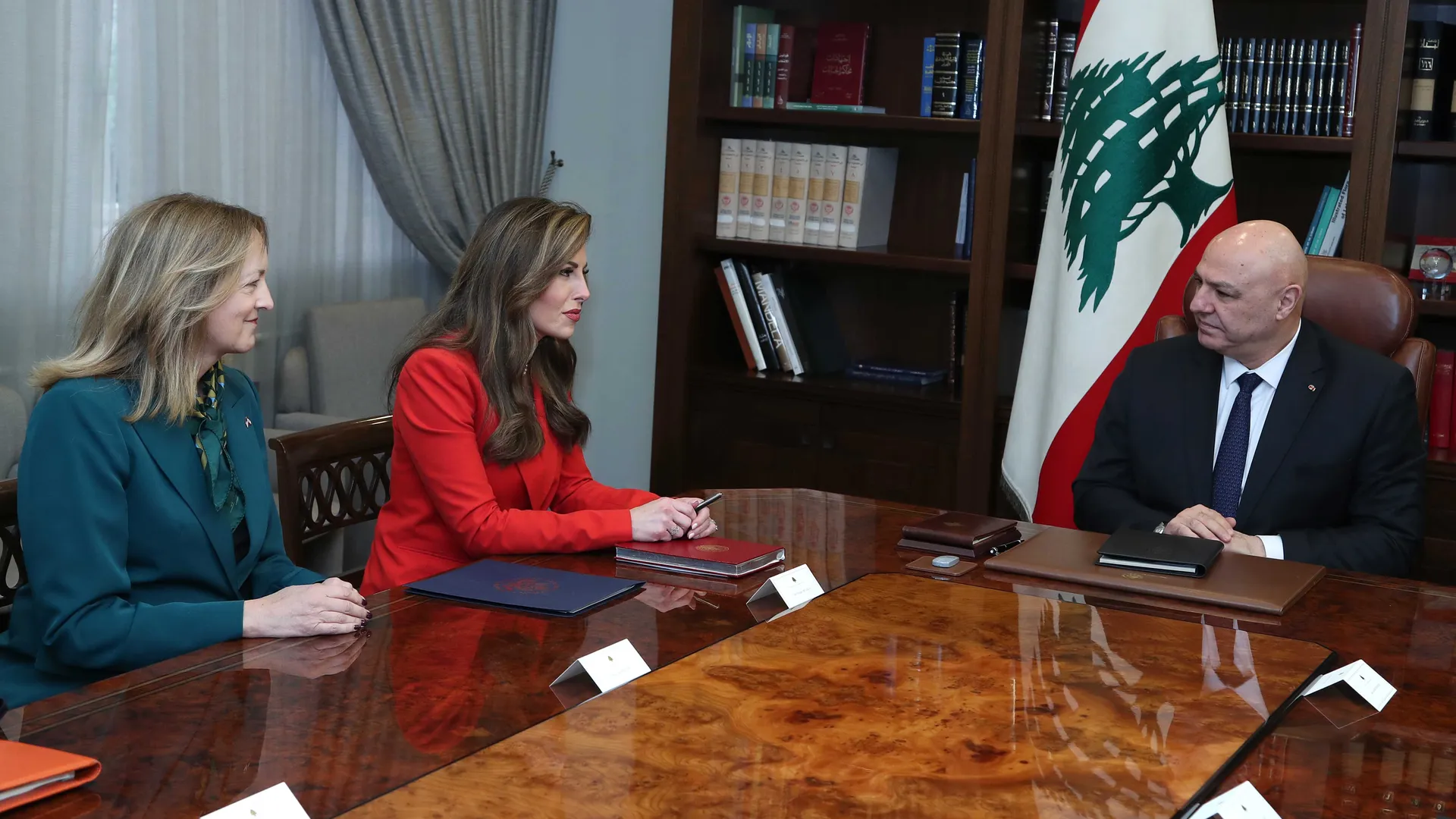

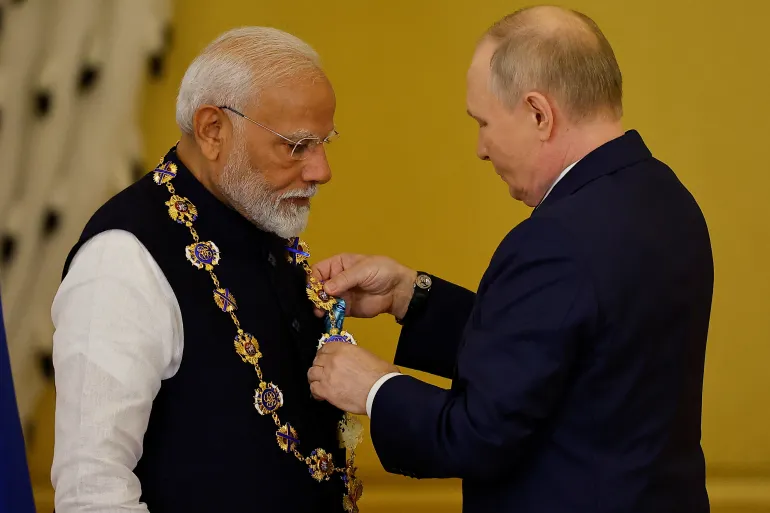
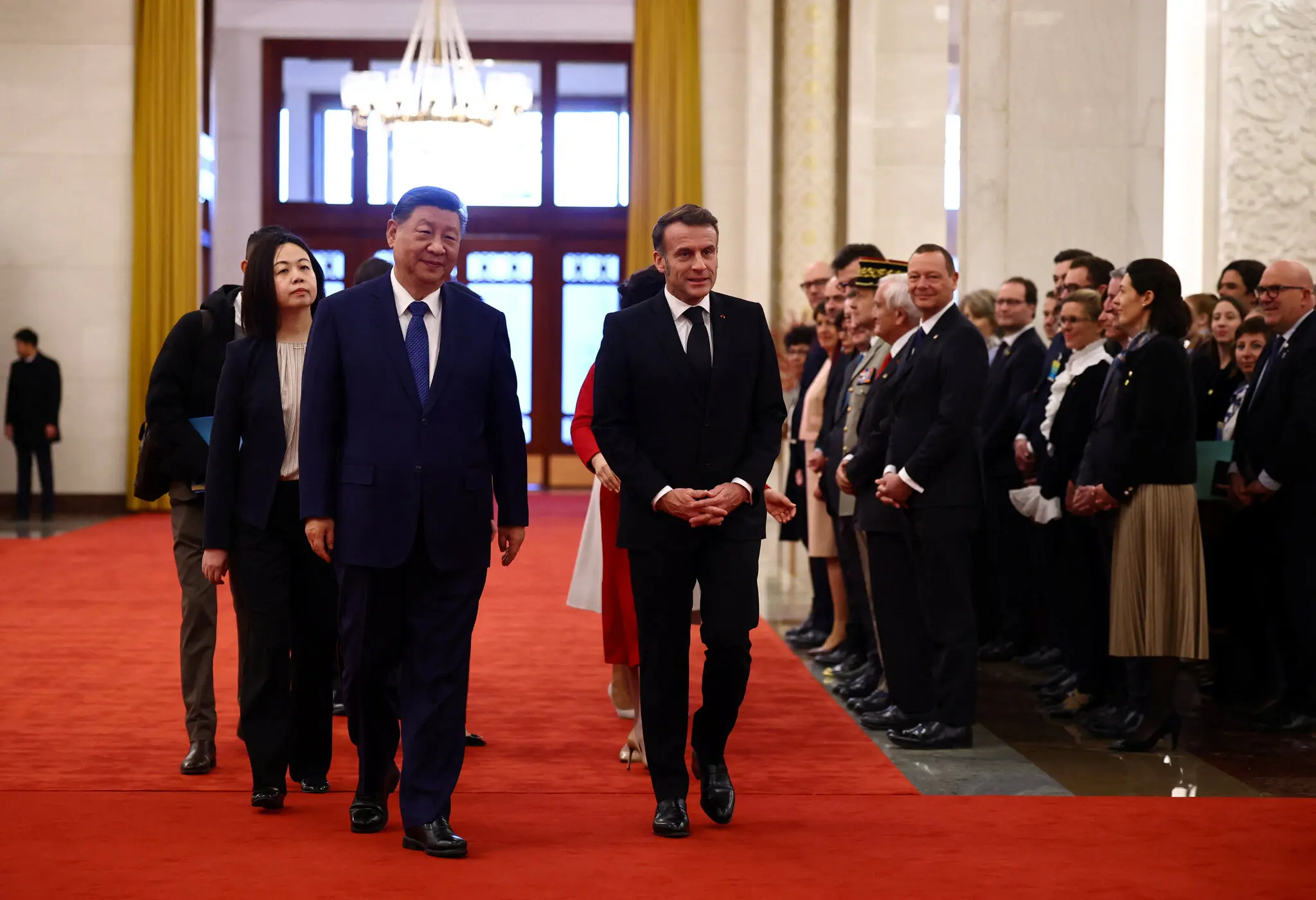
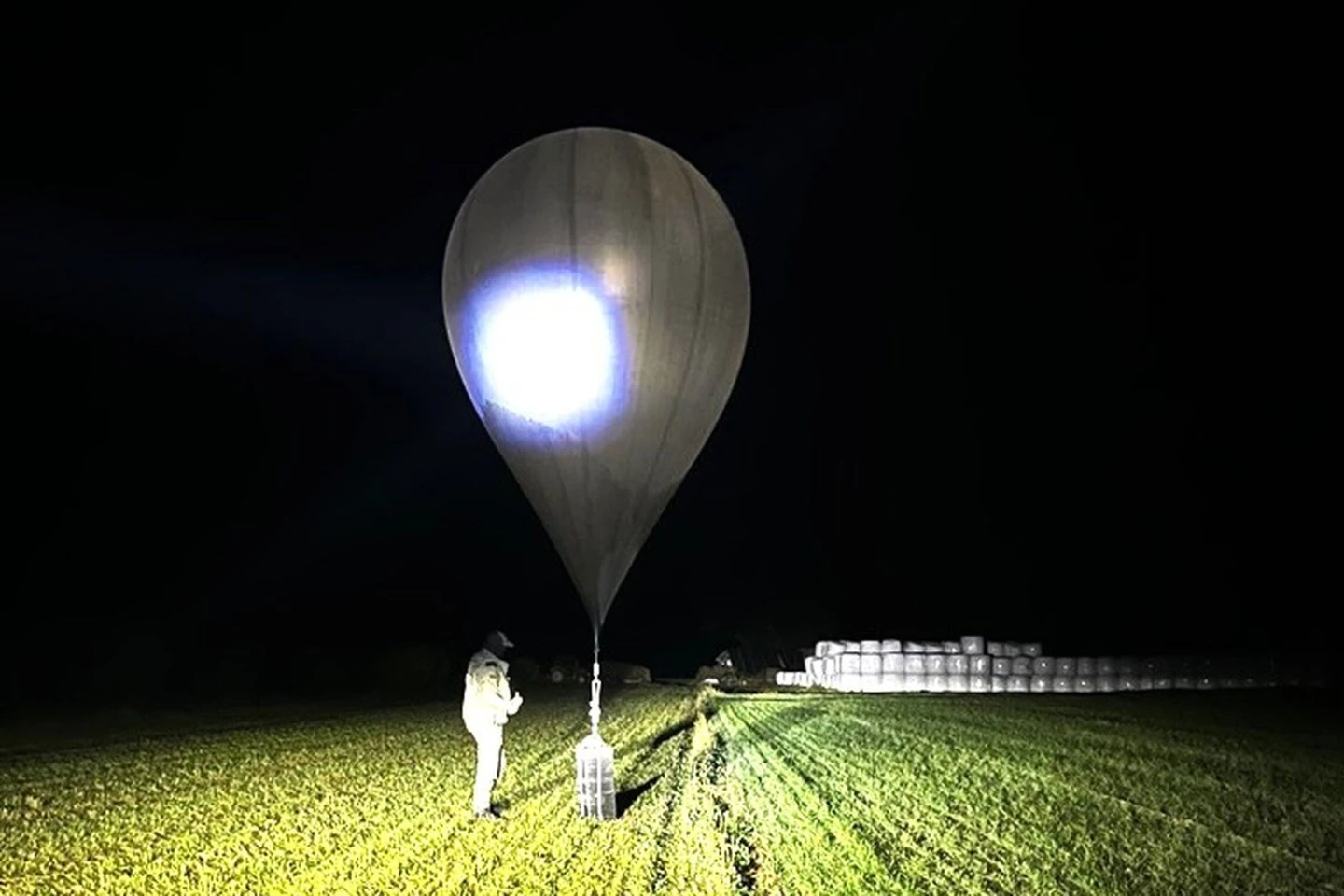
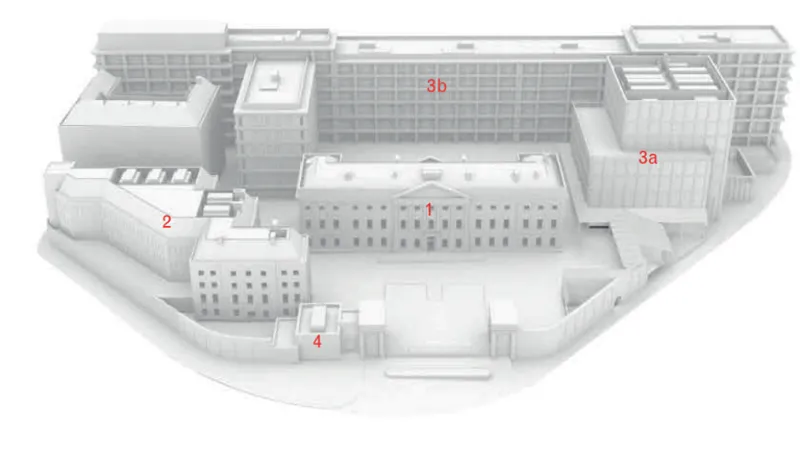


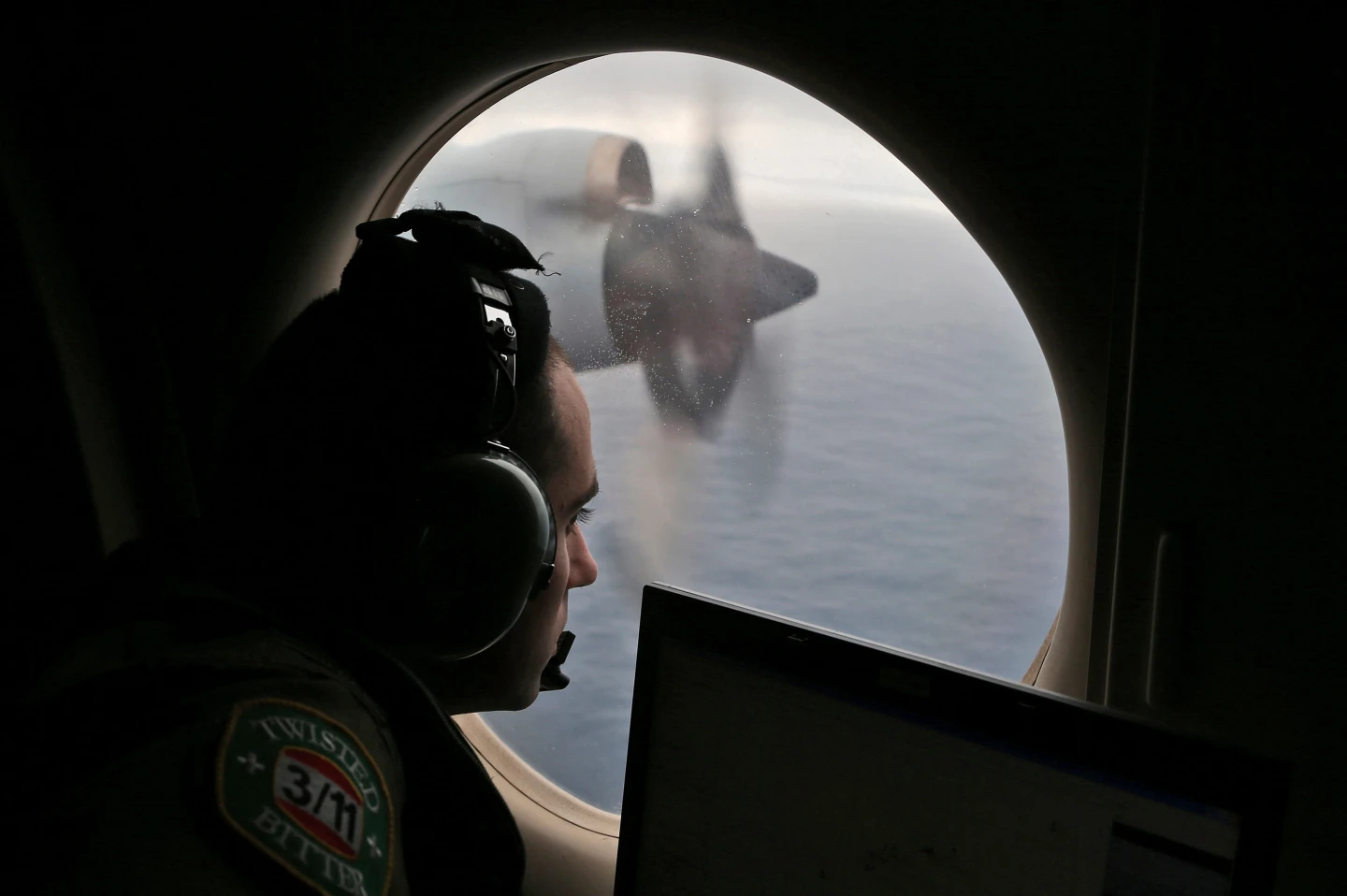

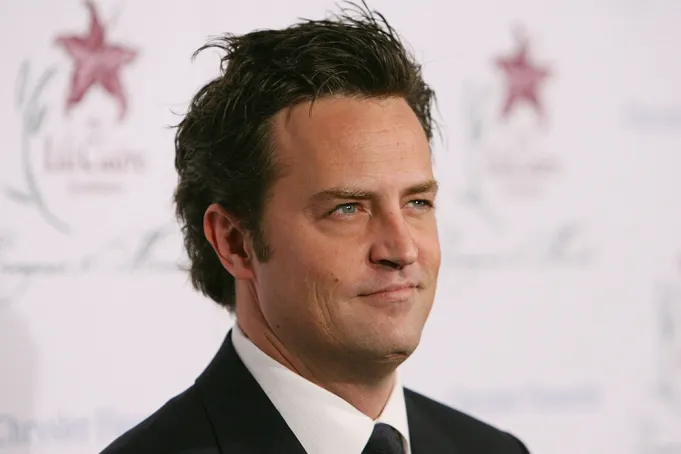

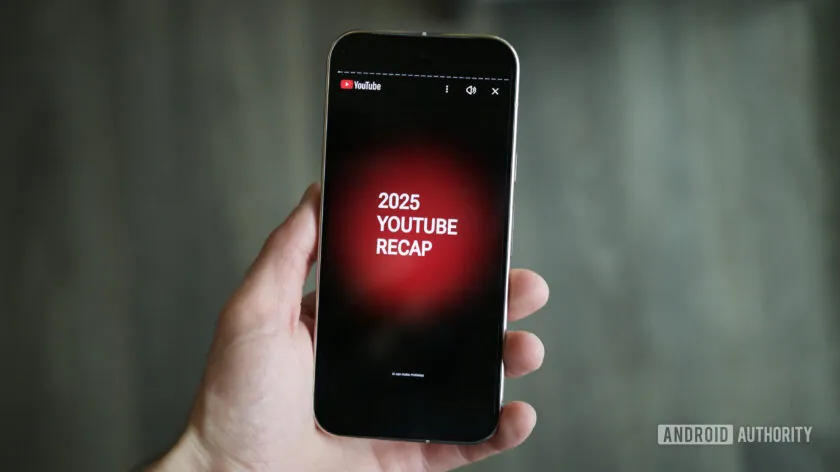
Leave a Reply